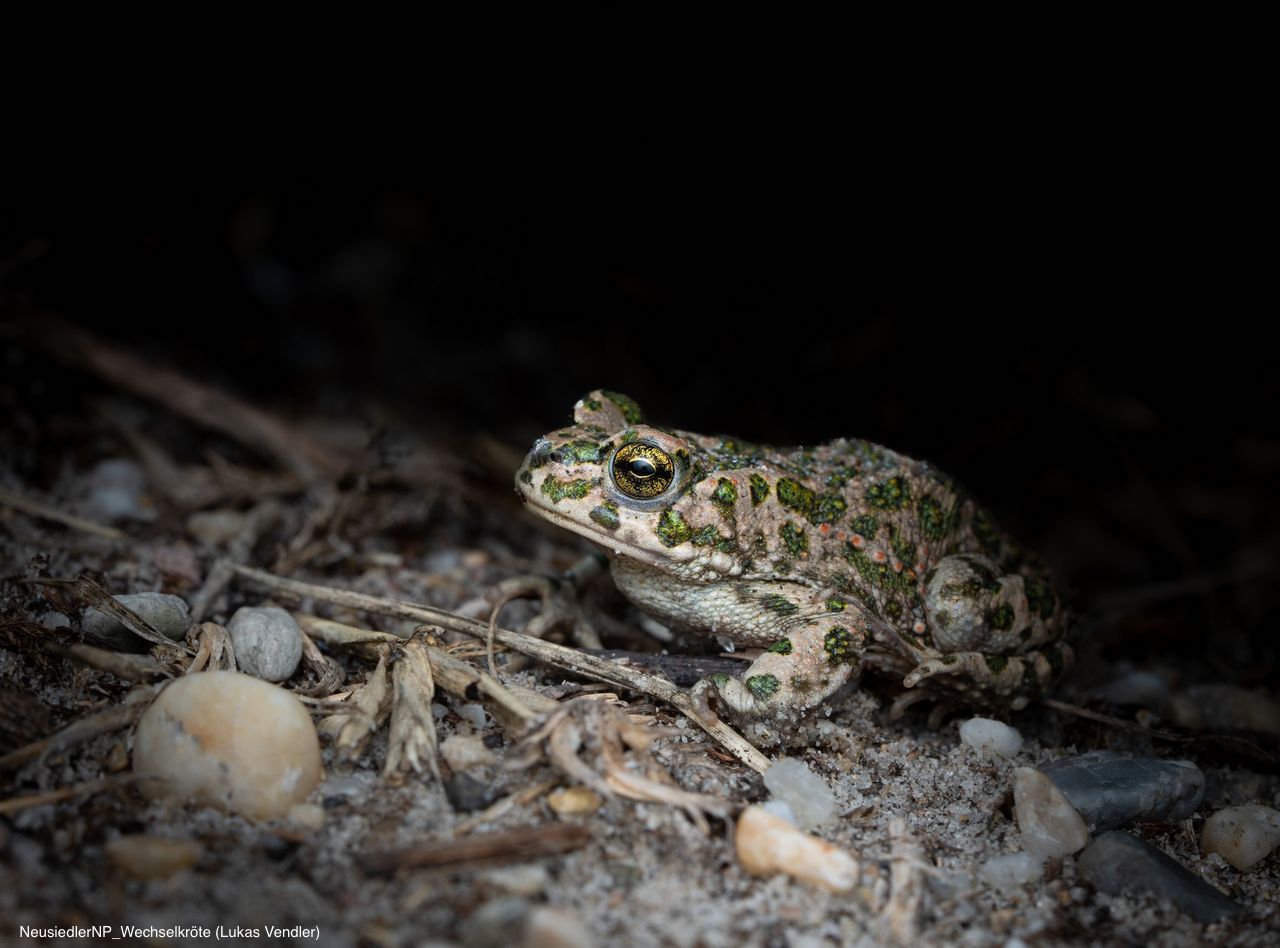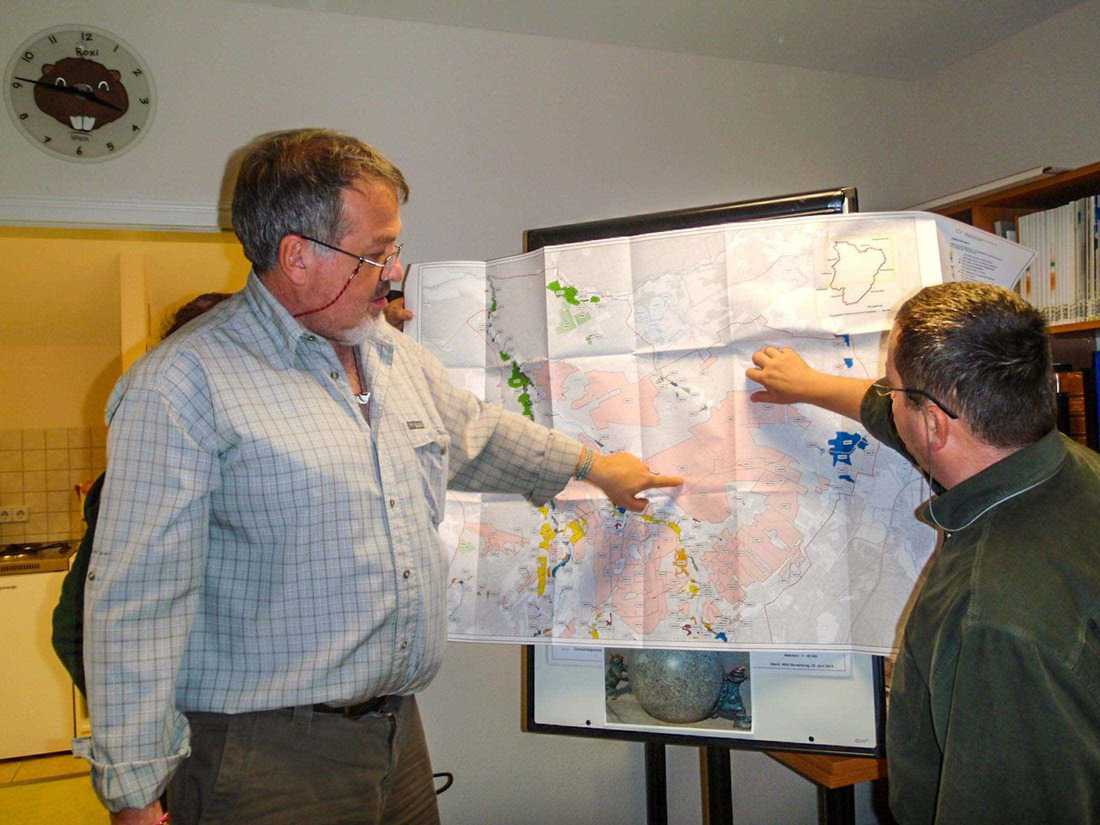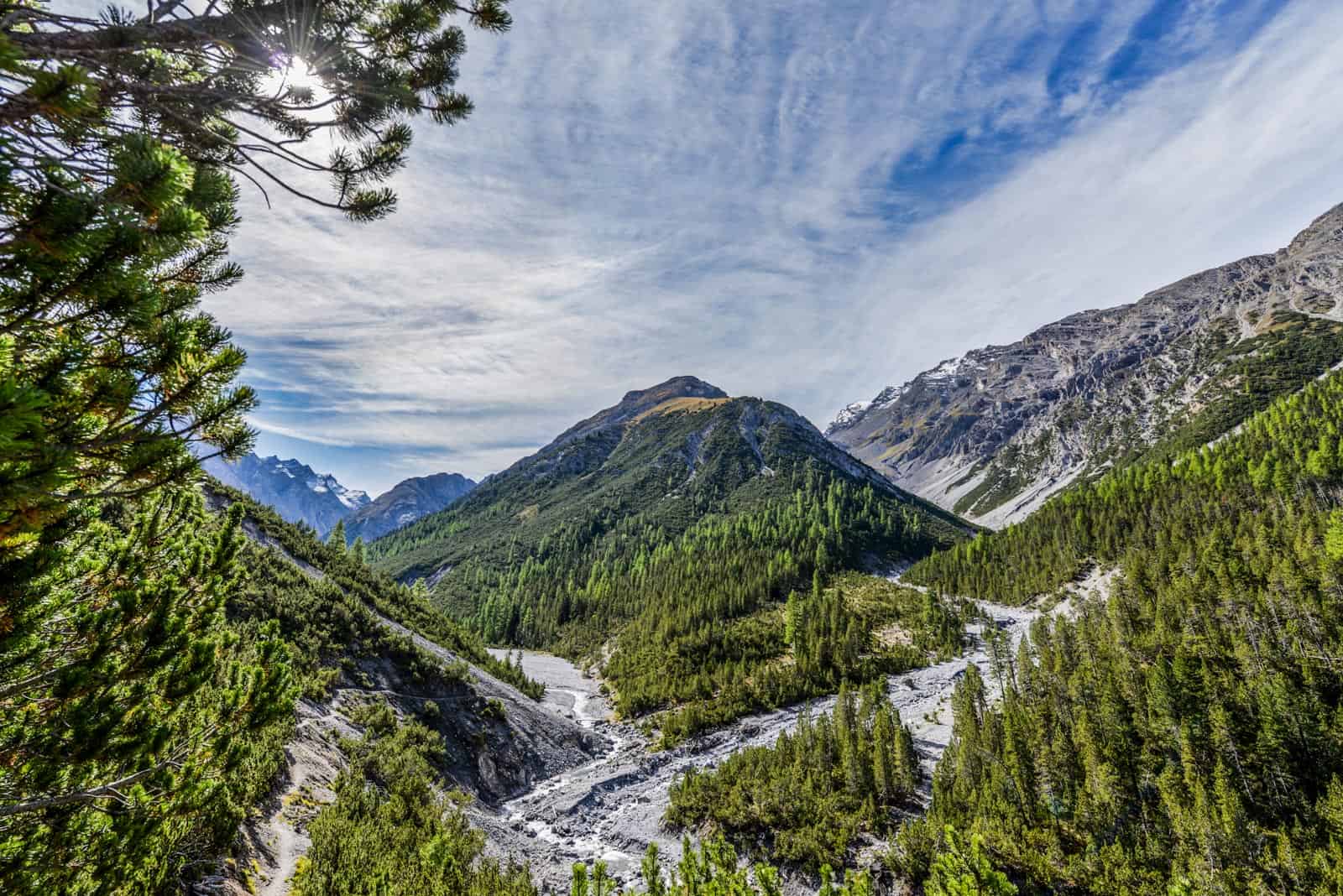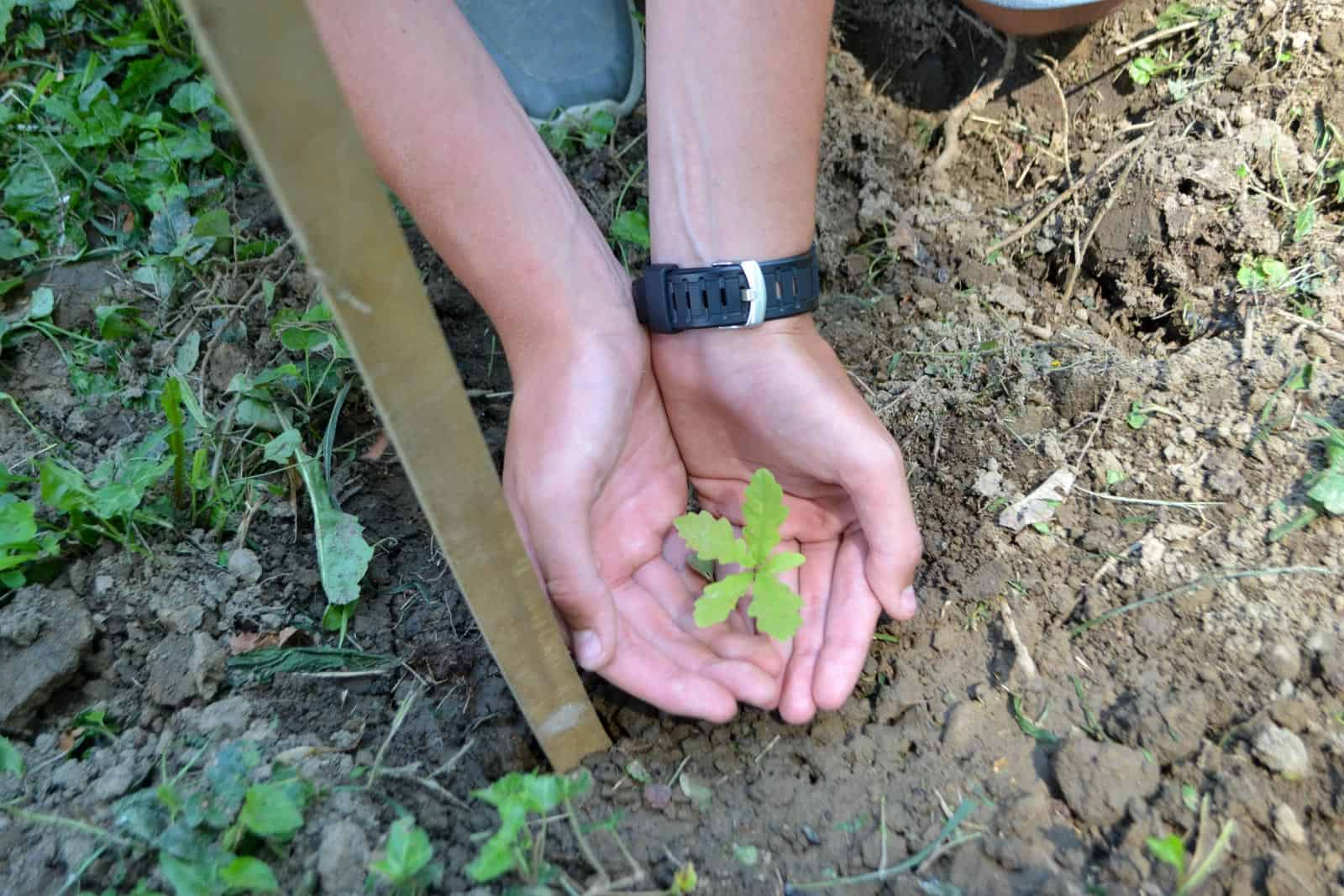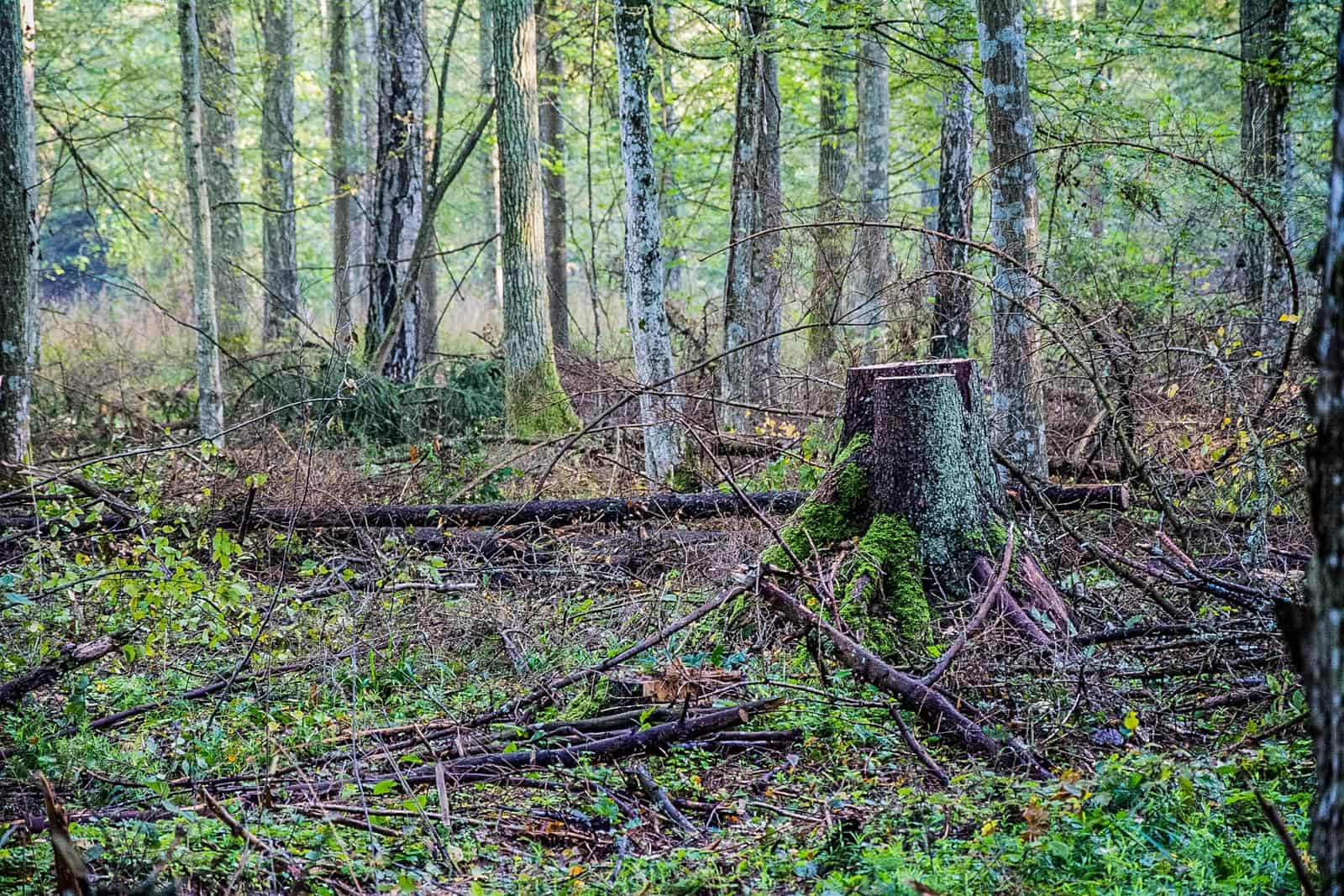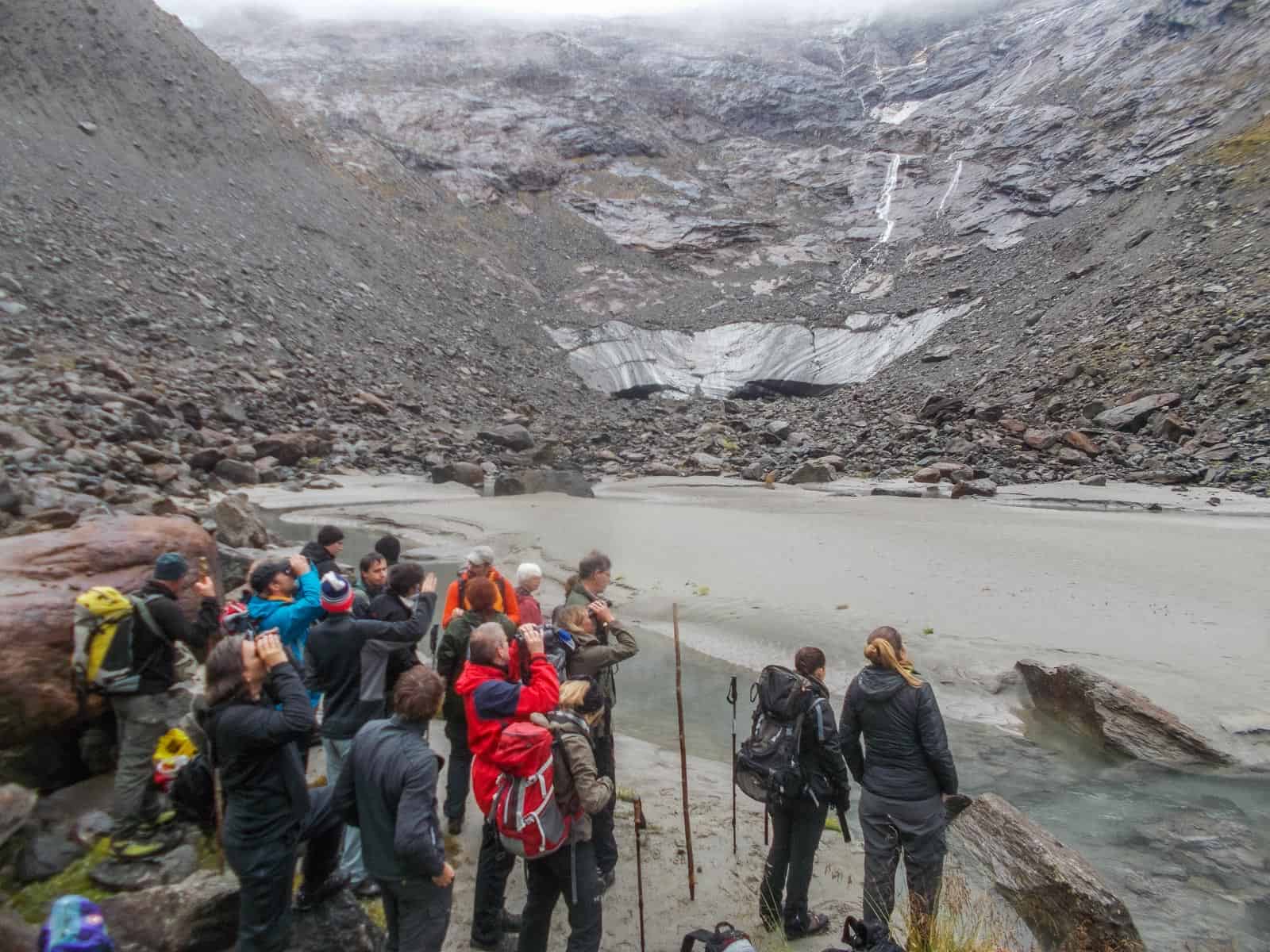Amphibians of Austrian-Hungarian Living Lab
European Wilderness Society is a partner of the project ALFAwetlands. This article is about one of ALFAwetland’s 9 living labs Neusiedler See and its amphibians.
The floodplain of the Neusiedler Lake is one of ALFAwetlands 9 Living Labs. A large part of this Living Lab is located on the territory of the National park Neusiedler See – Seewinkel in Austria. Various biodiversity monitoring is being conducted on the territory of the National park.
The National park Neusiedler See – Seewinkel hosts 12 species, the second-largest variety of amphibian species in Austria. Among them:
- 2 arendangered
- 6 are vulnerable
- 4 are threatened
in Austria, categorized according to the IUCN Red List categories of threatened species. Let us dive into the two endangered species living in Neusiedler See national park and their ecological function.
Pelobatus fuscus – Common Spadefoot
The common spadefoot is a species of toad living in the Neusiedler See area. They are medium-sized: up to 8 cm tall and up to 5 cm long. Common spadefoots are variably shaped, with dark spots often arranged in longitudinal rows, on a light brownish-gray background and a light belly. The tadpoles however are large and can be up to 10 cm long.
Common spadefoots spend their life mostly on land (May – March), but stay in the water during the mating and spawning season (end of March – June). From September till March, they bury themselves in the ground to be protected from frost. In spring, the spadefoots migrate to the spawning waters to mate and reproduce. The females only stay in the water for a few days to mate and lay eggs.
The female lays around 1000 – 3000 eggs in a 15-20 mm thick, 30-80 cm long spawning line in the water, which she loops around aquatic plants. After 4-8 days, the brown-black eggs (1,5-2 mm) hatch into 3.5 – 6 mm long immature larvae that can only swim and eat after a few days. After 3-4 months, they reach a length of 7 – 12 cm, and they transform into 2.5 – 3.5 cm long young toads in the summer (July – September). Some tadpoles overwinter in the water and grow into giant larvae (up to over 15 cm).
Habitat
The common spadefoot spawns in the banks of Lake Neusiedl, the itches and pools of the reed meadows and in many of the stagnant waters in the Seewinkel area. Outside of the spawning and wintering seasons, the common spadefoot roams the land where it inhabits almost all wet and dry habitats (grasslands, dunes, meadows, sparse forest, gravel pits) if only the soil is loose enough to dig into.
The common spadefoot’s diet consists of arthropods, worms, and molluscs. It is a food source to several bird species. The tadpoles are eaten by fish, newts, ducks, grass snakes, and various aquatic insects.
Although the common spadefoot is widely distributed in Europe, its numbers have declined dramatically in recent years.
Threats
The main threats are destruction of breeding habitats and habitat fragmentation. But other important reasons for the decline are fish and crayfish introductions, eutrophication of breeding ponds, agricultural intensification and car traffic.
Triturus dobrogicus – Danube Crested Newts
Newts, or salamanders, are a particular group of amphibians. They are semi-aquatic species. They spend most of their life in the water but require land to hibernate and to lay eggs. Newts are interesting creatures for the eye. With their four legs, they seem misplaced in the water. But their tail helps them swim. Their body morphology is a typical case of paedomorphosis, i.e., the preservation of larval body characteristics in sexually mature animals.
The Danube crested newt may be one of the most interesting-looking amphibians in Neusiedler- Seewinkel See National Park. They have the typical newt body characteristics with an elongated trunk and short legs, with a length of 13-16 cm. The crested newt males develop a jagged crest on their backs and tail during the breeding season, which remains as a lower dorsal crest during the land-phase. They have a lifespan of 5 to 9 years and become sexually mature at about 3 years of age.
Habitat and reproduction
Danube crested newts migrate in March from terrestrial to aquatic habitats for breeding and stay in the aquatic phase for up to six months. They usually hide in between the vegetation deeper in the water and become active at dusk and during the night. Females lay 100-200 eggs during 2-3 weeks. After breeding, they migrate back to terrestrial terrain to overwinter. The larvae need 4 months of development before they migrate to land. During winter, they shelter from the cold weather in, for example, muddy river or lake banks, compost heaps or under tree stumps.
Diet and food source
Danube crested newts feed on insects, small crustaceans, tadpoles, frog spawn, leeches and worms. They find food by using their great sense of smell. The newts themselves are a food source of various birds, shrews and martens, and grass snakes. Fish eat the larvae.
Threats
Danube crested newts are threatened by drainage, pesticides, fungal diseases, agricultural use of the habitats and car traffic. Habitat conservation and restoration are the most important measures to retain healthy Danube crested newt populations.
Amphibians and the salt waters of Neusiedler See – Seewinkel
Amphibians need fresh water to survive. There are no species of amphibians that live in salty oceanic waters. However, what makes Neusiedler See – Seewinkel unique is its salt waters. The salt-bearing soil horizon is a remnant of 13 million years ago, when the area was still covered by the sea. But if amphibians need fresh water, how do they survive in the salt waters of Neusiedler See- Seewinkel?
Amphibian skin is relatively thin and therefore they are vulnerable to high ionic concentrations. If an amphibian enters a body of water with a higher concentration of ions (i.e., salty water), it is at risk of losing too much water on the one hand and absorbing too many ions through the skin on the other hand (through the process of osmosis).
Amphibians can actively compensate for the higher salt concentration by taking up ions through the skin. However, they can only do this until a certain extend. If the weather patterns become too unfavorable and the water is too salty, they need to find fresher water to survive. Luckily, salt concentrations vary among the waters of Seewinkel, and adaptation by migration is possible.
Do you want to know more about amphibians in Neusiedler See – Seewinkel? Then read ‘Die Amphibien und Reptilien des Neusiedler See-Gebietes’ by Silke Schweiger and Heinz Grillitsch.
Join monitoring too!
You can also contribute to monitoring of amphibians and other species of Neusiedl Lake! It’s easy to take part: from April 26, 2024 till April 29, 2024 upload your observations via the app or website using your smartphone or camera and indicate where you found them!
More information about City Nature Challenge can be found here.

